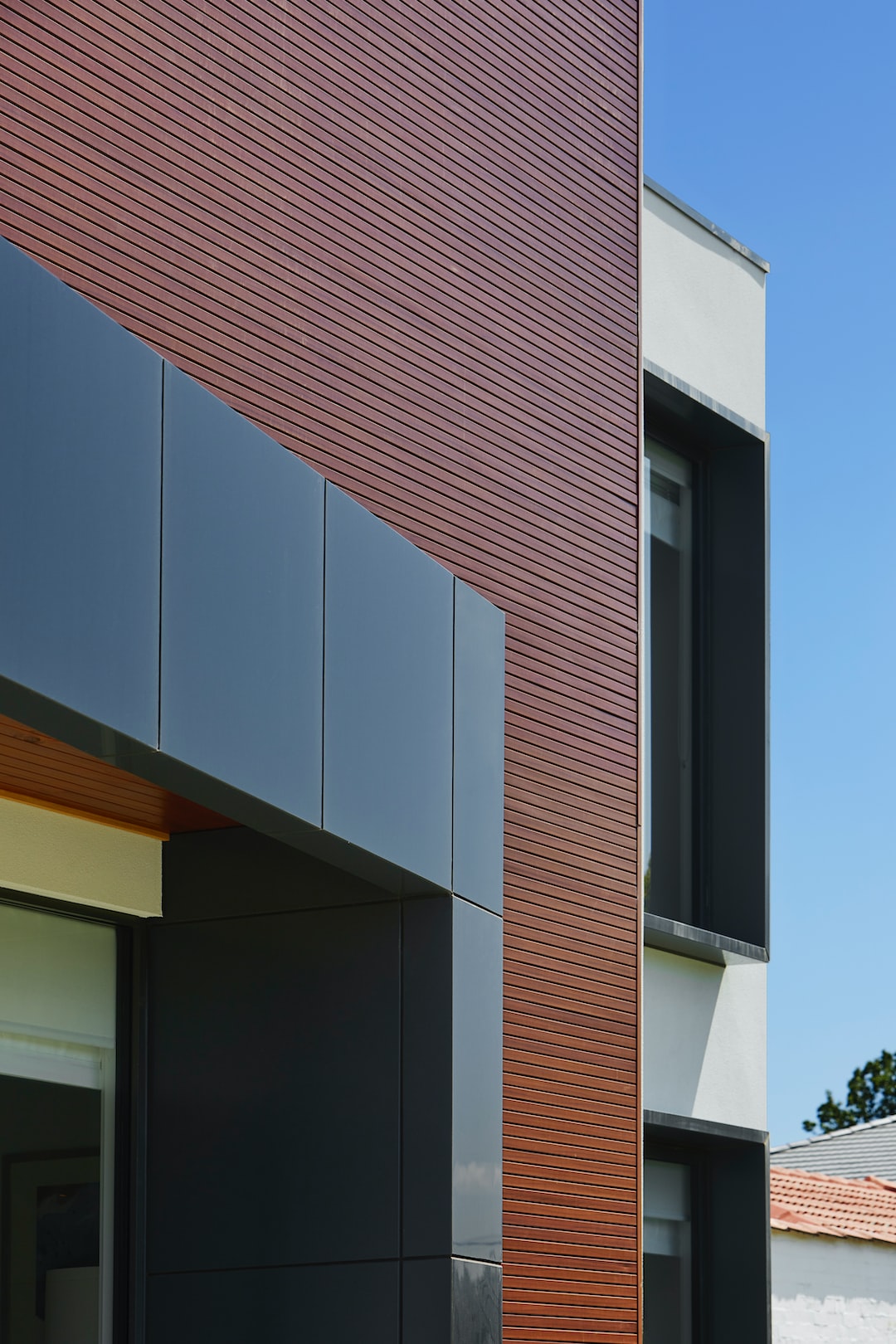Choosing the Right Mortgage: Fixed Rate vs. Adjustable Rate
One of the most critical decisions that individuals face when looking to purchase a home is choosing the right mortgage. With countless options available, it can be overwhelming to determine which one is best suited for your needs. Two popular choices are fixed-rate and adjustable-rate mortgages. In this article, we will explore the differences between these two types of mortgages and provide insights to help you make an informed decision.
Fixed-rate mortgages, as the name suggests, have an interest rate that remains constant throughout the loan’s term. This means that your monthly mortgage payments will remain unchanged, providing stability and predictability for budgeting purposes. With a fixed-rate mortgage, you can confidently plan your finances, knowing that your principal and interest payments won’t fluctuate.
The main advantage of fixed-rate mortgages is their security and peace of mind. You can rest assured that even if interest rates rise in the future, your mortgage payments will stay consistent. This can be particularly beneficial for those who prioritize stability or have a tight budget. Moreover, fixed-rate mortgages are often recommended for individuals who plan to live in their home for an extended period, as it provides stability over the long term.
On the other hand, adjustable-rate mortgages (ARMs) have an interest rate that is subject to change. The initial period of the loan typically offers a fixed interest rate, often lower than that of a fixed-rate mortgage. However, after this initial period, the interest rate can fluctuate periodically, usually annually, based on the market conditions. This variability can lead to changes in your monthly mortgage payments, making it a more unpredictable option.
One significant advantage of adjustable-rate mortgages is the potential for lower initial payments. If you are planning to stay in your home for a short period or expect your income to increase significantly in the future, an ARM can be an attractive choice. Additionally, if you believe that interest rates will decrease or remain steady in the long term, an ARM could offer savings over time.
However, it is essential to consider the potential risks associated with adjustable-rate mortgages. If interest rates rise significantly, your monthly payments could increase substantially, potentially causing financial strain. It is crucial to carefully evaluate your ability to handle higher payments before deciding on this type of mortgage.
When deciding between fixed-rate and adjustable-rate mortgages, it is crucial to consider your financial circumstances, future plans, and risk tolerance. If you value stability and prefer to have consistent mortgage payments, a fixed-rate mortgage may be the better option. Conversely, if you can handle potential payment fluctuations and expect to refinance or sell the property before the adjustable-rate period begins, an ARM might be more suitable.
To make an informed decision, it is advisable to consult with a mortgage professional who can guide you based on your specific circumstances. They can help you analyze your financial situation, provide insights into market conditions, and help you understand the terms and conditions of various mortgage options. With their expertise, you can better understand the implications of each mortgage type and choose the one that aligns with your goals.
In conclusion, choosing the right mortgage is a critical decision that can impact your financial well-being for years to come. Understanding the differences between fixed-rate and adjustable-rate mortgages can help you make an informed choice. Whether you prioritize stability or lower initial payments, carefully evaluating your circumstances and seeking professional advice will ensure you select the mortgage that best suits your needs.

